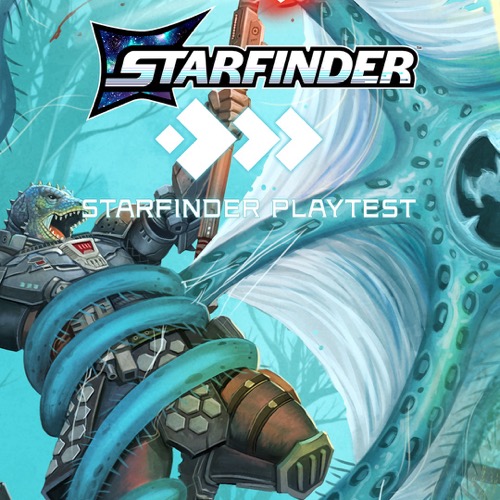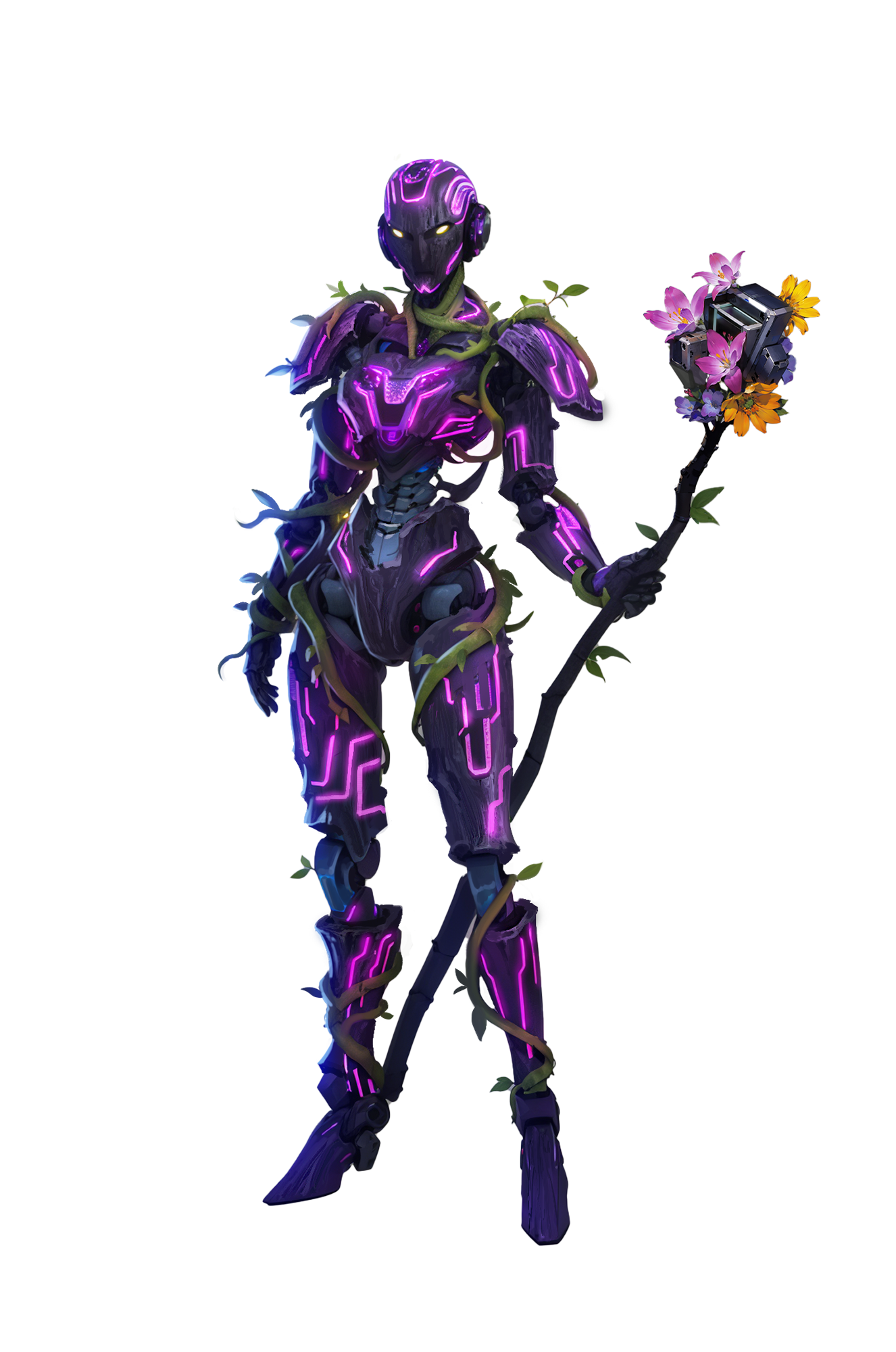Happy New Year! Welcome to the exciting reveal of our third Starfinder Second Edition Field Test.
It’s a new year and a new Field Test release! The Field Tests include early, behind-the-scenes previews of rules the Starfinder development team is playtesting internally in preparation for the Starfinder Playtest Rulebook release later this year. Our latest offering includes a preview of two ancestries appearing in the Playtest Rulebook, as chosen by community vote. We’re excited to announce the winners of that vote and the ancestries we’ll be featuring in today’s Field Test: the android and vesk!
Ancestries are the updated version of what were known as species (also called races in older products) in Starfinder First Edition. Ancestries are an important part of Starfinder’s “cantina feel,” a term referring to the sci-fi trope of a spaceport bar packed with all kinds of aliens. In this context, it means players get to create and play as alien characters, and every planet or space station in the setting is teeming with weird and wonderful sapient lifeforms that player characters might interact with. Our goal is to keep the cantina open, so to speak, while we update existing Starfinder ancestries to be compatible with the new edition.
Starfinder ancestries might look familiar to those of you who play Pathfinder Second Edition. Starfinder First Edition players might notice the new ancestries are a bit of a departure from what you’re used to, but don’t panic! In Starfinder Second Edition, each ancestry entry includes more content than the small sidebar allotted to them in Starfinder First Edition.
In existing Starfinder books, you’ll often see a species boiled down to a list of statistics with a handful of abilities. Presenting species this way allowed the Starfinder team to introduce many playable options right away, but there was little players could do to define their character’s progression—via their species—beyond the initial selection. In some specific cases, a species was so numerically superior that they were the obvious “best” choices (we’re looking at you, SROs!). This was fantastic for certain players but didn’t always reward players interested in exploring different options. In the new edition of Starfinder, we want to create deeper meaning and context for ancestries that you’re going to play or feature in your campaigns. This means including more space for narrative lore related to each ancestry and information on how it fits into the setting, as well as progression-based selections to help further customize a character of that ancestry.
In addition to a set of starting adjustments and abilities, ancestries in Second Edition get access to ancestry feats. A character gains an ancestry feat at 1st level and then another at 5th, 9th, 13th, and 17th-level. Ancestry feats explore different paths within each ancestry and grant more powerful abilities as a character progresses—allowing you to customize your character beyond what was possible in Starfinder First Edition. The team’s been experimenting with some interesting new options, like expanding lashunta psychic powers or introducing a type of shirren that grows wings!
Today’s Field Test focuses on the constructed androids and the reptilian vesk. Androids and vesk are both staple ancestries in Starfinder, but each represents a very different part of the design spectrum. Androids already exist in Pathfinder Second Edition (see Pathfinder Lost Omens: Ancestry Guide), so the Starfinder team updated the ancestry to be compatible with the “ancient androids” who once walked lost Golarion while creating new options to represent the changes in culture and technology that separate the Starfinder setting from its distant past.
Meanwhile, vesk is an ancestry that’s never appeared in Pathfinder Second Edition, giving us a blank canvas to work with. Our intent was to keep the spirit of the First Edition vesk while exploring new build types, from movement-based shenanigans to different forms of natural melee attacks, and more.
The team is excited to see what you think of our initial foray into ancestry design for the new edition. We also strongly suggest you read the foreword in this document, which may reveal some important news related to what ancestries you can expect to see in the Starfinder Playtest Rulebook releasing this summer!
Stay tuned for our upcoming Paizo Live! where members of the Starfinder team will further discuss the Field Test, as well as give more hints about what we have planned for the new edition of Starfinder.
— The Starfinder Team
-Thurston Hillman, Managing Creative Director (Starfinder)
-Jenny Jarzabski, Senior Developer
-Dustin Knight, Developer
-Jessica Catalan, Starfinder Society Developer
-Mike Kimmel, Developer
Field Test #3: That Cantina Feel
Wednesday, January 3, 2024








